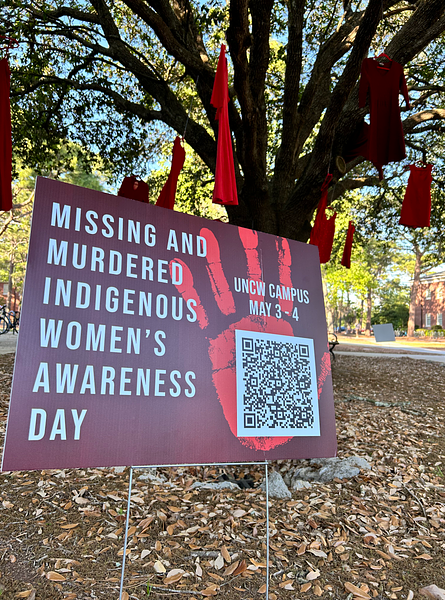‘Free’ checking, no longer free
September 27, 2012
When most people hear the word “free,” they’re under the impression that the product or action they’re receiving comes without a price tag.
But as of 2012, major bank firms such as Wells Fargo, Bank of America and JP Morgan Chase have changed the meaning of ‘free’ by adding extra fees and requirements to checking accounts.
Free checking is now being seen as a concept of the past. Only 39 % of non-interest checking accounts are actually free, with no fees or requirements. This statistic has dropped since 2011 when it was 45% and even more since 2009 when it was at 76%.
Wells Fargo, the largest U.S. branch network, has been in the process of getting rid of all free checking accounts. Currently they require each account to contain a minimum of $1,500-or $500 directly deposited-or else they bill an additional $7 to the account holder.
Tyler Sihelnick, a recent transfer student, said he’s been having numerous issues lately with his Wells Fargo account.
“I actually had to change my account so I wouldn’t be charged,” said Sihelnick. “But with this new account I have to make ten purchases with my debit card a month, which can be pretty annoying since I try to use cash more than my debit card.”
In order to avoid fees, some are switching to banks with free checking or to a credit union. Currently, over 70% of credit unions offer free checking. Another option is to utilize the online banking tools to access and manage accounts. Not only are banks raising account fees, but they’re charging more for using competitors’ ATMs.
When a Wells Fargo client uses another bank’s ATM, charges start at $2.50 for U.S. banking or $5 for international, plus a $2 transaction fee. These are the fees charged by Wells Fargo and do not include fees that may be charged by the ATM owner.
The only downside of online banking is that consumers lose their ability to have physical one-on-one communication with the tellers. This negative factor may have future potential to create job loss if banking becomes more internet based.
The cost of owning and maintaining a checking account ranges from $250-$300 a year. These figures have risen 23% since last year according to Bankrate, Inc.
Predictions for future banking revolve around the hope that most customers will remain with their current banks. According to Robin Sidel of the Wall Street Journal, changing banks would pose too much of a hassle because it would force customers to reroute their direct deposit payments and to change automated bill payments they already have established.














